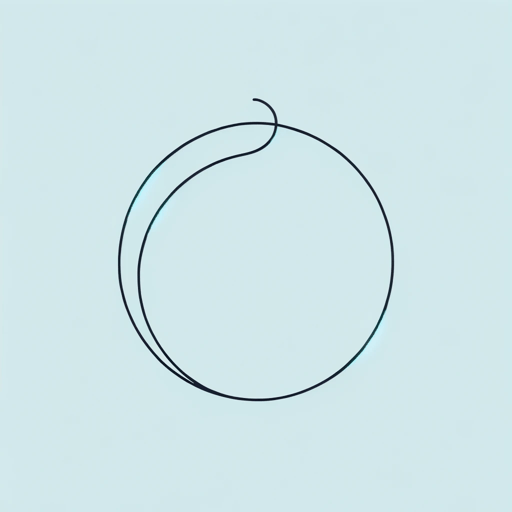18 pages • 36 minutes read
A. E. HousmanA Shropshire Lad, Poem XXXVI
Fiction | Poem | Adult | Published in 1896A modern alternative to SparkNotes and CliffsNotes, SuperSummary offers high-quality Study Guides with detailed chapter summaries and analysis of major themes, characters, and more.
Literary Devices
Form
Housman’s poem is anything but formally experimental. It is formally, in fact, a throwback, a nostalgic evocation of a kind of poem that defined poetry for generations. “Poem XXXVI” invokes a traditional rural song, that is a folk genre, known as the ballad. As with traditional ballads, Housman’s poem is straightforward, direct, dispensing with elaborate language ornamentation and complex symbolism to deal directly and sympathetically with a universal human emotion—in this case, leaving behind a love. The ballad traditionally is often a narrative, a story, as it is here, set to tightly rhymed lines, in this case ABAB CDCD EFEF GHGH. The clear predictability of the formal rhyming structure reflects the traditional ballad as a sung rather than spoken verse, the rhymes assisting in memorizing the lines as balladeers would move town to town to entertain people. Thus, the poem uses a refrain (“White in the moon the long road lies”) to create the feel of a folk song. Indeed, as with many of the poems collected in The Shropshire Lad, “Poem XXXVI” has been set to music.


